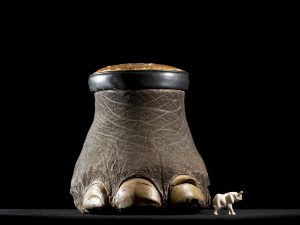Researchers have employed a never-before-used combination of techniques to monitor beluga whales, according to an organization that funds research on the cetacean in the Northwest Territories.
“We realized that if you pair hydrophones with local observation and drones, you might together be able to come up with an innovative picture of what’s going on,” Louie Porta of Oceans North Canada, told the CBC of the work that took place last summer in Darnley Bay, part of which could become the proposed Anguniaqvia Niqiqyuam Marine Protected Area.
All three methods allow scientists to avoid tagging the whales or using airplanes for surveys, techniques that local hunters consider disruptive. “Can you get abundance estimates without aerial survey and without tagging? That is what we are trying to do,” Porta told the CBC. Oceans North Canada promotes science and community-based conservation in Canada’s Arctic and is the beluga monitoring program’s main funder.
Last summer was the first time the researchers employed drones (the two previous summers had seen them use hydrophones and local observation only). One local hunter compared what he saw while operating the drone to watching a game on an iPad, the CBC reported.
The data the researchers gather will be used to manage the marine protected area, which will be officially designated this year, said the CBC report.






